
The 1960s were a decade of change and the American family was trying to keep up. Home floor plans were getting larger and eating around the table in a formal dining room followed by time in front of the TV in the family room was popular. Families gathered together for games and drives, too, and made sporting event -- whether watching or participating -- a part of their lives.
Board Games
Creativity flourished in the 1960s with board games; electrical advances meant new games could utilize electrical wiring for game effects. One popular family game in the 60s was Operation, where players have to remove plastic bones from a game board "patient" without hitting the side of the hole the bone sat in. Twister, the classic game where you match your hand or foot to a color dot, became a popular family and party game after its introduction in 1966.
Family Drives
Gas was affordable and more families than ever could afford assembly line-produced cars in the 60s. The United States was building miles of roads and family road trips became more popular than ever. "Sunday drive," where a family would take a leisurely drive through the countryside or other scenic location, was a common phrase in many Americans' vocabulary. Longer trips driving to state parks or the shore were also popular choices for vacationing families in the 60s. Another popular place to take the family car was the drive-in theater, where families could spend an inexpensive evening watching movies from inside their vehicles.
Television
Like with cars, TVs were becoming more common in American households in the 1960s. Even though the first color TVs were introduced in the 1950s, most families still gathered around a black and white set in the 60s to watch news reports, presidential debates, progress on the civil rights movement and original dramas and comedies. Popular shows included The Flinstones, The Andy Griffith Show, Beverly Hillbillies and Green Acres.
Sports
Some baseball historians today call the 1960s baseball's "golden age," and many families either attended major or minor league games or played baseball in neighborhoods and leagues. Baseball continued to be the American pastime due to the league expansions that added more teams and allowed more families to go to games, the greats that became household names -- like Mickey Mantle, Roger Maris and Hank Aaron -- and the first televised baseball games in 1966. During the late 60s, football began to compete for Americans' attention span with the introduction of the Super Bowl and televised games the family could watch together in the evenings and weekends.
Related Articles
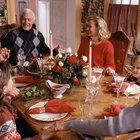
American Family Traditions & Rituals

Church & Family Fun Day Activities

List of Crazy Things to Do at Night

How to Marinate Wild Turkey Breast

How Does Technology Affect Family ...

Family Retreat Ideas

What Games Did Children Play in ...

Family Naturist Activities
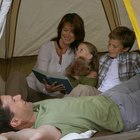
Fun Stuff to Do for Kids in the ...

Fun Things for Teenagers in Dallas, ...
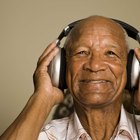
What Do You Get Your Grandpa for His ...
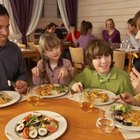
Restaurants with Fun Games for the Kids

How to Take a Family Vacation With ...

Free Things to Do in Kansas City
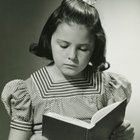
1930s School Clothes

How to Cook a Cornish Game Hen in a ...

How Do I Set Mickey Digital Sport ...

Clothing Ideas for a 1970s-Themed Party

African American Family Reunion Ideas
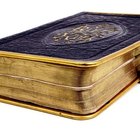
Family Devotional Games
References
Writer Bio
Nadia Nygaard has been writing and editing since 2005. She is published in "Farm and Ranch Living" and has edited projects as diverse as grant proposals, medical dissertations and tenant law handbooks. She is a graduate of the University of Washington with a Bachelor of Arts in English and women's studies.
Photo Credits
Jupiterimages/Brand X Pictures/Getty Images